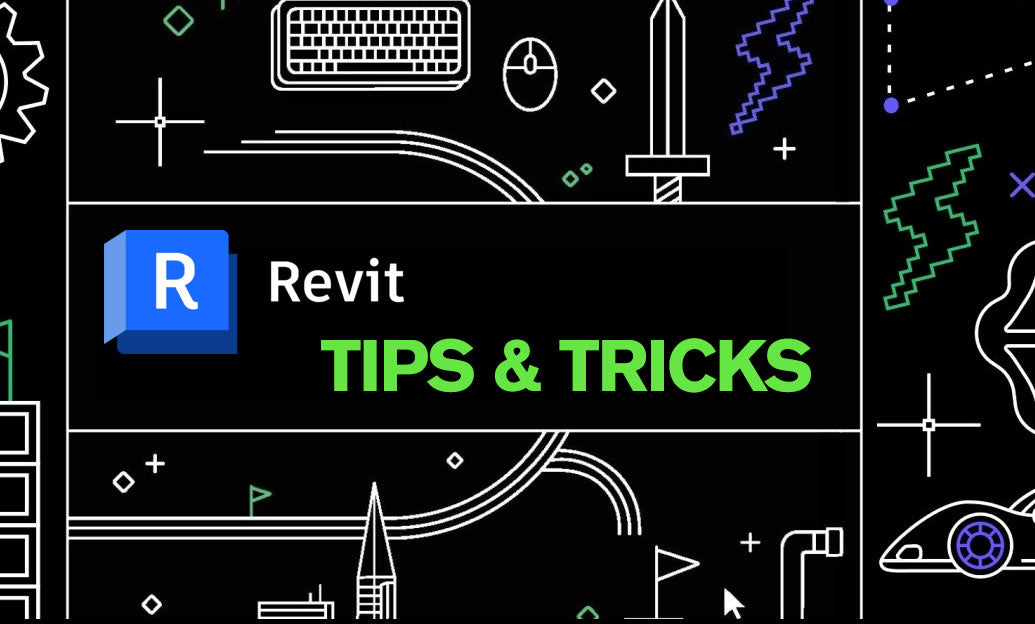Your Cart is Empty
Customer Testimonials
-
"Great customer service. The folks at Novedge were super helpful in navigating a somewhat complicated order including software upgrades and serial numbers in various stages of inactivity. They were friendly and helpful throughout the process.."
Ruben Ruckmark
"Quick & very helpful. We have been using Novedge for years and are very happy with their quick service when we need to make a purchase and excellent support resolving any issues."
Will Woodson
"Scott is the best. He reminds me about subscriptions dates, guides me in the correct direction for updates. He always responds promptly to me. He is literally the reason I continue to work with Novedge and will do so in the future."
Edward Mchugh
"Calvin Lok is “the man”. After my purchase of Sketchup 2021, he called me and provided step-by-step instructions to ease me through difficulties I was having with the setup of my new software."
Mike Borzage
Design Software History: Development and Evolution of FreeCAD: A Journey in Open-Source CAD Innovation
July 31, 2024 4 min read


The Genesis of FreeCAD
Introduction to FreeCAD
FreeCAD is a powerful open-source parametric 3D CAD modeler. It is designed primarily for mechanical engineering and product design but also fits a wider range of uses in engineering, such as architecture or other engineering specialties. The software was first released in 2002, a period marked by the dominance of proprietary CAD software solutions such as AutoCAD and SolidWorks. FreeCAD set itself apart by embracing an open-source philosophy, allowing users to download, modify, and distribute the software freely.
Founding Developers and Vision
The inception of FreeCAD can be attributed to a group of developers who saw a need for an accessible, flexible, and extensible CAD tool. Among the key figures in its inception are Jürgen Riegel, Werner Mayer, and Yorik van Havre. Their collective vision was to democratize CAD software by delivering a free and robust alternative to commercial solutions. They aimed to empower users through an open-source platform that encourages collaboration and innovation.
Early Development Stages
The early development of FreeCAD was fraught with challenges, including limited resources and the complexity of creating a 3D CAD tool from scratch. Initial versions of the software were rudimentary, offering basic modeling capabilities and a simple user interface. Despite these challenges, the development team was able to lay a solid foundation for future growth, incorporating essential features such as parametric modeling and a modular architecture that would allow for extensibility.
Evolution Through Community Collaboration
Open-Source Contributions
FreeCAD's growth has been significantly influenced by its open-source model. This approach has enabled a diverse group of developers to contribute to its codebase, enhancing its features and functionality. Notable contributions have come from developers worldwide, some of whom have made significant impacts, such as Yorik van Havre with his work on the Arch module and the integration of BIM (Building Information Modeling) capabilities.
Milestones in Development
Over the years, FreeCAD has seen several key versions and updates that have introduced significant features and improvements. Some of the notable milestones include:
- Introduction of the Part Design module, which provides advanced tools for creating and modifying complex shapes.
- Implementation of the Path workbench, enabling CNC (Computer Numerical Control) machining workflows.
- Integration of finite element analysis (FEA) tools, allowing users to perform structural simulations and analysis.
User Community and Ecosystem
The FreeCAD community has played a crucial role in the software's development and evolution. User feedback has been instrumental in shaping the software, with many features and improvements being directly influenced by community input. The FreeCAD ecosystem includes various platforms and forums where users interact and collaborate, such as the FreeCAD Forum, GitHub repositories, and social media groups.
Technological Advancements and Features
Core Technologies and Innovations
FreeCAD's functionality is enabled by a range of underlying technologies. Notable among these are Python scripting and the OpenCASCADE Technology (OCCT) geometric kernel. Python scripting allows for extensive customization and automation within FreeCAD, enabling users to create custom tools and workflows. OpenCASCADE, on the other hand, provides the robust geometric modeling capabilities that underpin FreeCAD's core features.
Key Features Over the Years
FreeCAD has introduced a range of important features over the years, including:
- The Part Design module, which offers advanced tools for designing and modifying complex geometries.
- The Path workbench, facilitating CNC machining workflows by generating toolpaths directly from 3D models.
- Finite element analysis (FEA) tools, enabling structural simulations to assess the strength and performance of designs.
Additionally, FreeCAD has integrated with other open-source tools and libraries, such as KiCad for electronics design and OpenSCAD for script-based modeling, further expanding its capabilities.
Customization and Scripting
One of the standout features of FreeCAD is its ability to be customized and extended through scripting. Users can create custom scripts and macros to automate repetitive tasks or introduce new functionality. Python is the primary scripting language used in FreeCAD, making it accessible to a broad audience. Numerous successful custom extensions have been developed by the community, showcasing the power and flexibility of FreeCAD's scripting capabilities.
Impact and Future Directions
Influence on the CAD Industry
FreeCAD holds a unique position in the CAD software market, standing out as one of the few comprehensive open-source CAD solutions. It offers a viable alternative to proprietary software like AutoCAD, SolidWorks, and Autodesk Inventor, particularly for users and organizations that value transparency, customization, and cost-effectiveness. FreeCAD has seen adoption by a diverse range of professionals and educational institutions, further cementing its influence in the industry.
Future Roadmap
The FreeCAD development team continues to work on new features and improvements to enhance the software's capabilities. Upcoming additions include more advanced simulation tools, improved user interface elements, and expanded support for industry-standard file formats. The role of the community remains vital in driving these future developments, with ongoing contributions and feedback helping to shape the direction of the software.
Concluding Remarks
FreeCAD represents a pioneering effort in the world of open-source CAD tools, demonstrating the power of community collaboration and the potential of open-source software. Its evolution from a nascent project to a robust and feature-rich platform is a testament to the dedication and ingenuity of its developers and users. New users and developers are encouraged to explore FreeCAD, contribute to its growth, and benefit from the rich ecosystem it offers.
Also in Design News

ZBrush Tip: Optimizing ZBrush Models with the Curve Bridge Brush Technique
January 15, 2025 2 min read
Read More
Revit Tip: Enhance Design Precision with Revit's Radial Array Tool
January 15, 2025 2 min read
Read More
AutoCAD Tip: Mastering AutoCAD's Revolve and Sweep Tools for Advanced 3D Modeling
January 15, 2025 2 min read
Read MoreSubscribe
Sign up to get the latest on sales, new releases and more …


